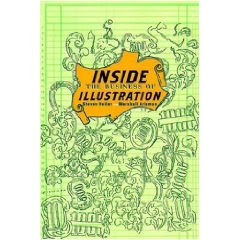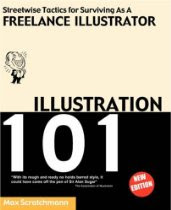
'Things I have learned in my life so far'
by Stefan Sagmeister. This is a little gem, ok so he's a graphic designer not an illustrator but this is still of interest.
You can't help but warm to the the big Austrian self publicist. A mix of auto-biog, home spun philosophy, advice and insights into how both Sagmeisters mind and the creative industry works.













